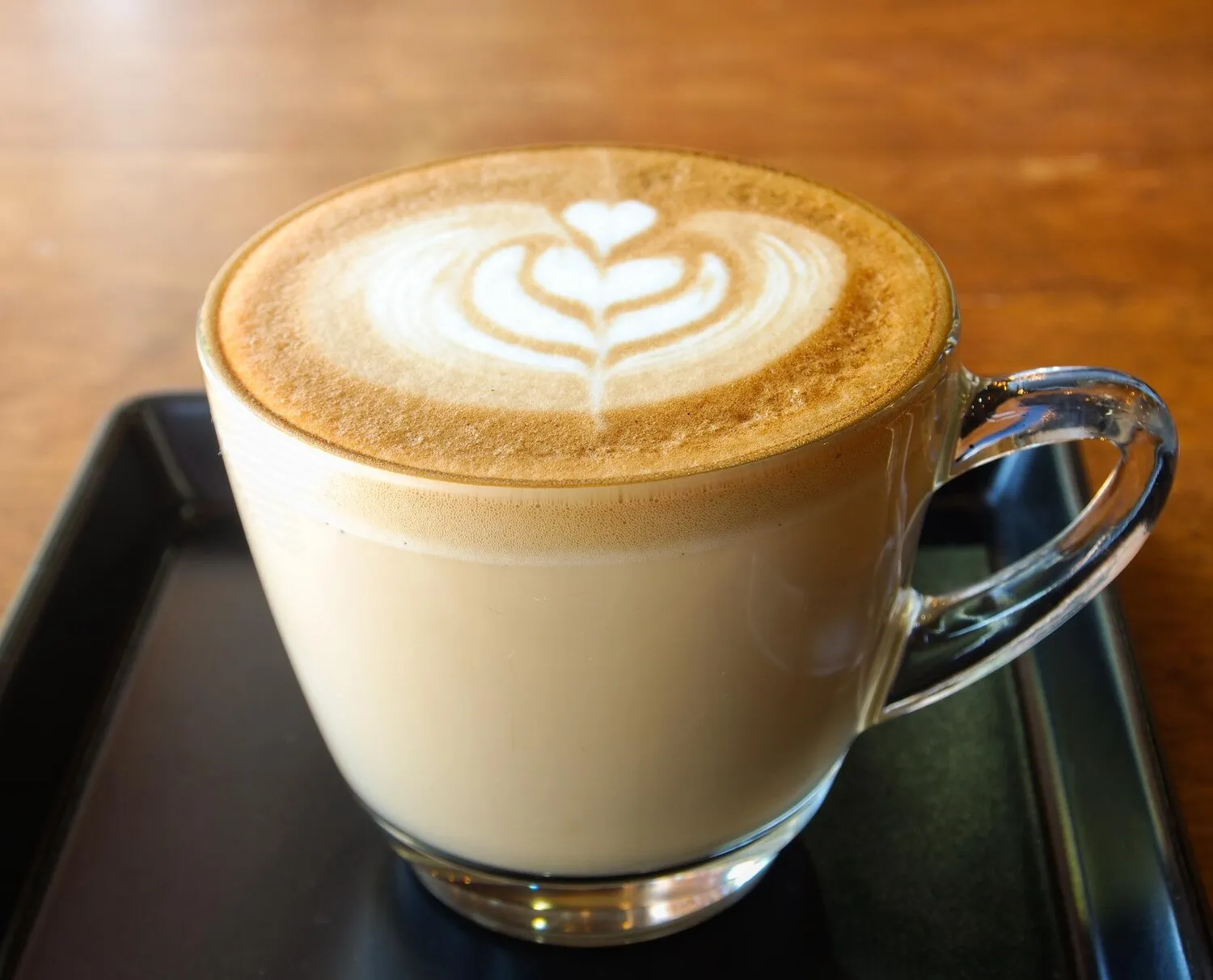
Cappuccino
Classic Italian coffee drink with espresso and steamed milk, topped with foamed milk.
Nutrition Facts
* The % Daily Value (DV) tells you how much a nutrient in a serving of food contributes to a daily diet. 2,000 calories a day is used for general nutrition advice.
Café Raphaella
The cappuccino's origins can be traced back to the Viennese 'Kapuziner' coffee of the 18th century, which involved coffee with cream and sugar, often achieving a similar brownish color to the robes of Capuchin monks. The modern cappuccino, as we know it, developed in Italy in the early 20th century, evolving with the invention and spread of espresso machines.
The cappuccino is deeply embedded in Italian coffee culture, representing a specific time and place for consumption.
Morning Drink
Traditionally, Italians only drink cappuccinos in the morning, typically before 11 am. Ordering one later in the day, especially after a meal, might be seen as unusual.
Social Ritual
Enjoying a cappuccino is often a social activity, typically enjoyed at a bar (coffee shop) while standing and socializing with others. It's a quick and efficient way to start the day or take a short break.
Simplicity
Cappuccinos are usually enjoyed plain or with minimal additions. Elaborate flavorings or syrups are not typically part of the traditional Italian cappuccino experience.
The cappuccino offers a balanced blend of rich espresso, creamy steamed milk, and airy foamed milk, resulting in a harmonious flavor profile.
The base flavor is the bold, slightly bitter, and aromatic taste of espresso, providing a strong coffee kick. This is softened and complemented by the sweetness and smooth texture of steamed milk. The foamed milk adds a light, airy texture and a subtle sweetness that rounds out the overall flavor, creating a balanced and satisfying experience. Sometimes chocolate powder or cinnamon is sprinkled on top to add another layer of flavor.
Espresso Quality
Use freshly ground, high-quality coffee beans to make a rich and flavorful espresso. The espresso is the foundation of a good cappuccino.
Milk Temperature and Texture
The milk should be steamed to create a smooth, velvety texture with small, tight bubbles. Avoid overheating the milk, as this can alter its flavor and texture.
Proportion Matters
The traditional ratio is roughly 1/3 espresso, 1/3 steamed milk, and 1/3 foamed milk. This balance ensures a harmonious blend of flavors and textures.
Foam Stability
The foam should be stable enough to hold its shape for a few minutes. To achieve this, use cold milk and steam it properly to incorporate air.
Explore additional Coffee dishes and restaurants
Explore CoffeeDiscover top dining spots and culinary experiences in Sao Joao Batista.
Explore Sao Joao BatistaLearn more about the food culture, restaurant scene, and culinary heritage of Brazil.
Explore Brazil